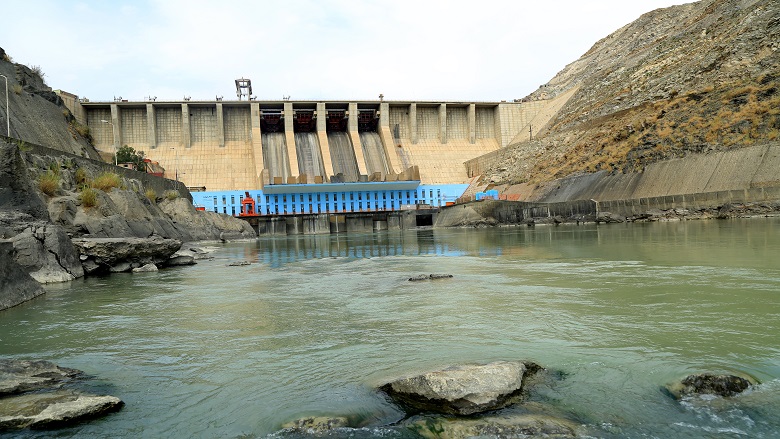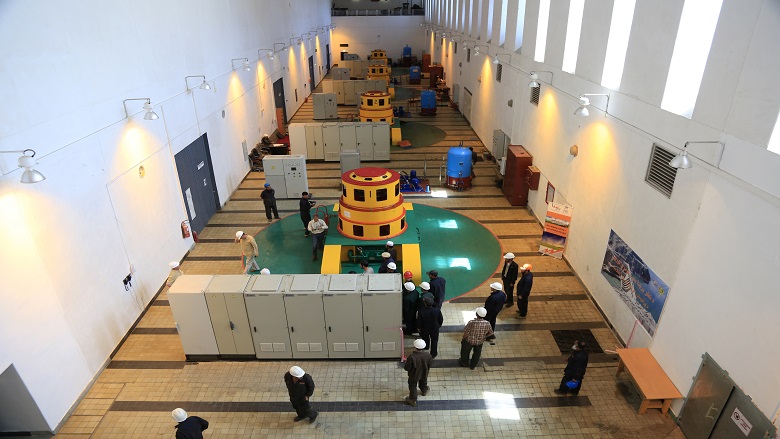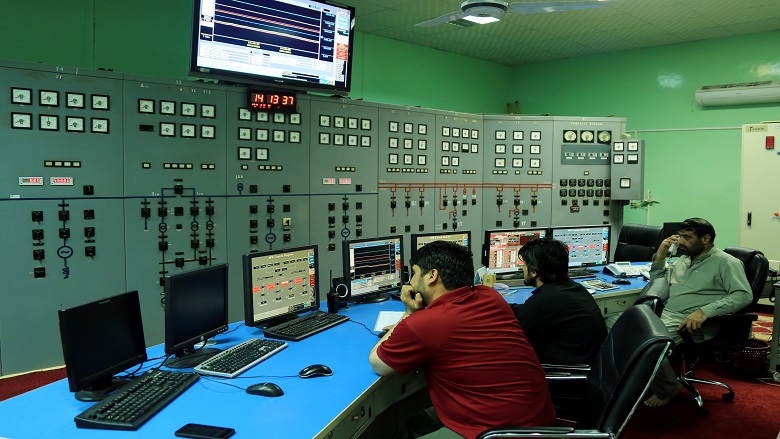Kabul Province – Naghlu Hydropower Plant (NHPP), Afghanistan’s largest hydropower plant, has restarted operations of one of its four turbines after being nonfunctional since 2012, providing electricity for thousands in the three provinces of Kabul, Kapisa, and Nangarhar. The rehabilitation of the NHPP is considered a great achievement in the development of Afghanistan’s hydropower infrastructure.
. In recent years, the Afghan government has focused on mobilizing power from those hydropower plants that were under construction or in need of rehabilitation, such as the NHPP, as this is the quickest and most cost-effective way of providing power from this environmentally friendly source. Other hydropower projects include the Salma dam and the first phase of the Kajaki plant, which were completed in the last two years. In the next phase, the government will try to leverage private sector financing for additional hydropower plants, starting with the expansion of the Kajaki hydropower plant.
Afghanistan imports most of its power from neighboring countries. . “Hydropower from Naghlu is much cheaper to produce than imports,” says Amanullah Ghalib, Chief Executive Officer of Da Afghanistan Breshna Sherkat (DABS). “Therefore, DABS can make tremendous savings by using more of its domestic hydropower, making financial room to pay for more electricity connections in Afghanistan for about 70 percent of Afghans who do not have access to electricity. Naghlu hydropower will also make electricity more reliable for those who already have access to the electric grid.”




